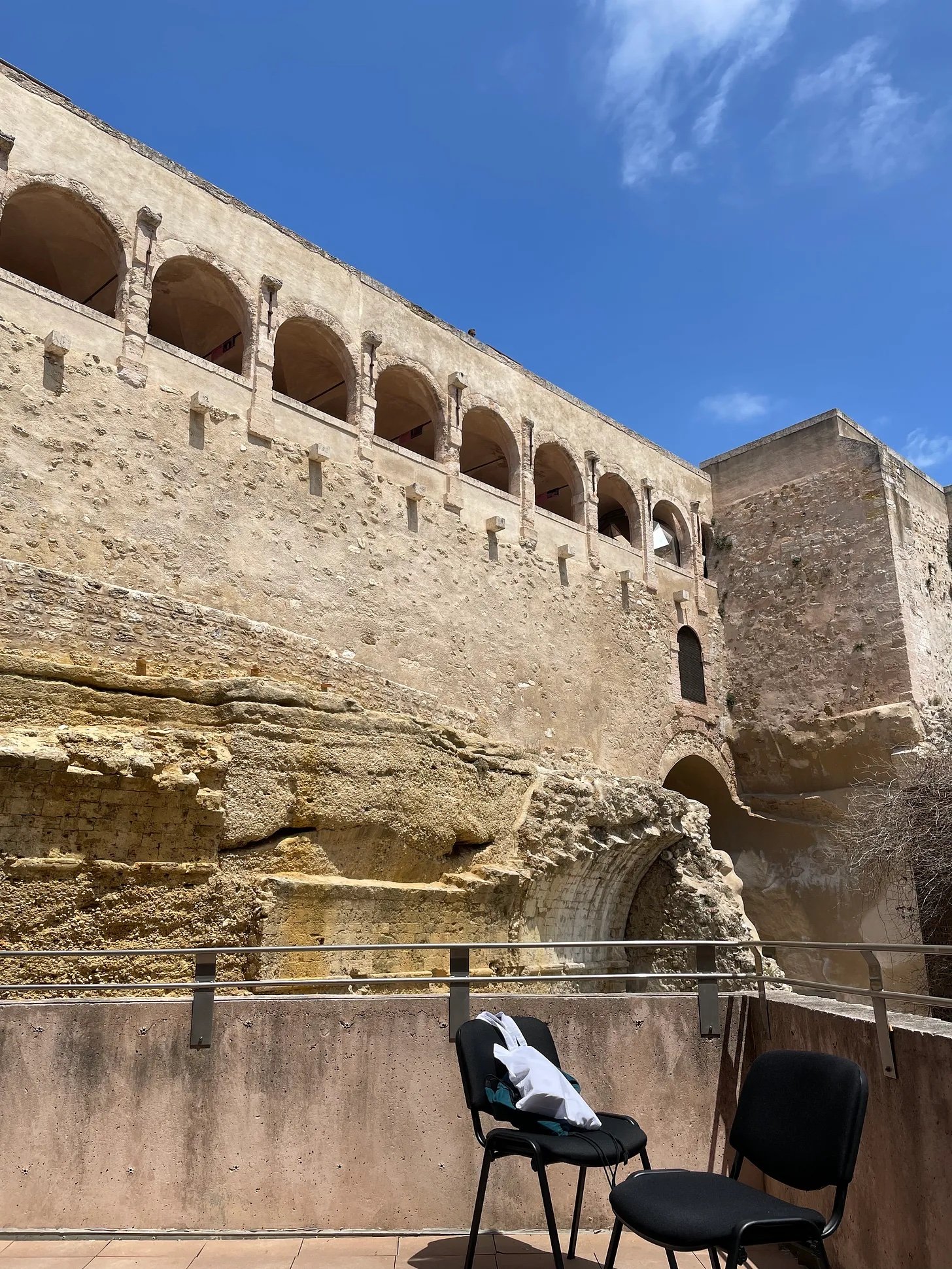2022-23 Research Roundup (Dolphins, Pollution, Botnets, etc)
MUCEM (Museum of European and Mediterranean Civilisations), site of the 2023 RESAW conference in Marseille.
As I put the finishing touches on my Fall 2023 syllabi, it finally feels safe to say that my first year as Assistant Professor at San José State is over. That means now is the time to put together a recap, before I forget all the details. This post will recap some recent research developments, and my next post will focus on teaching.
Just a few weeks ago I attended my first international conference since 2018: European Research infrastructure for the Study of Archived Web Materials (RESAW) in Marseille, France. I presented a paper using forensic analysis of physician/dolphin scientist/float tank inventor/psychonaut John C. Lilly’s early website to work up a sort of social graph for the counterculture/computing nexus circa 1999. Although I began this work a while ago, it feels different presenting it now, since I work for a Silicon Valley institution. This work should be appearing in an edited collection eventually, but these things happen slowly.
In other counterculture/computing news from the 22/23 academic year, I used my startup funds to hire an excellent research assistant, who has helped speed the Psychedelic Software manuscript along.
Balcony at MUCEM, Marseille FR
I’ve been impressed with my students at SJSU thus far, and I’ve already started a new collaborative project with one of them; we’re looking at the data curation practices of coastal water quality testing initiatives, with an eye toward proposing potential improvements. Our first conference paper in this stream has already been accepted as part of a panel at Society for the Social Study of Science in Honolulu this fall, which seems like a very appropriate place to discuss the health of coastal waterways.
This new ocean research compliments my work on dolphin-lover John C. Lilly as well, which makes me want to think more deeply about connections between the internet and the ocean. It’s a theme that I first started investigating with an essay on Ecco the Dolphin in 2017, and I feel fortunate that I’ve had the intellectual space to slowly develop this sub-oeuvre within my broader research.
In other research news, my collaborator Mitch Chaiet recently used the BRISQUEt image compression analysis software that we worked on in 2021 to identify a Modovan botnet. It’s always nice to see the tools and methods you worked on staying relevant!
View from the conference venue, RESAW 2023
Taken together, these developments show a continued shift in my research as I become more interested in social engagement. When I started the Psychedelic Software research for my dissertation way back in grad school, it was a way for me to grieve my recently deceased father. He was part of the original counterculture-to-computing pipeline in the 70s and 80s, and working on that topic made me feel a bit like I was still in conversation with him. His old office in New Brunswick, NJ was just a few miles from my own office at Rutgers. The computing history was also personal history.
Now, several years have passed and I still find that material as interesting as ever, but the state of our society and our planet seem to have deteriorated significantly. To answer these negative developments, I’m now applying the same digital forensics frameworks, but I’m pointing them at new problems, all within the broader context of capturing ephemeral digital culture for future analysis. There are a few areas where they intersect— like coastal water quality data curation. I look forward to seeing where this research takes me next.


